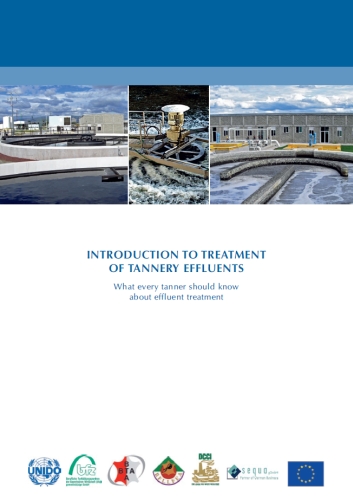What every tanner should know about effluent treatment
In view of ever increasing legal and social pressures, no tanner can afford to be unfamiliar with the main issues and principles of environmental protection pertaining to tannery operations. Among these, preventing pollution and promoting cleaner leather processing, which ultimately leads to lower treatment costs, clearly remain a priority.
Through the application of industrially proven low-waste advanced methods - such as using salt-free preserved raw hides and skins, hair-save liming, low-ammonia or ammonia-free deliming and bating, advanced chrome management system, etcetera - it is possible to decrease the pollution load expressed as COD and BOD5 by more than 30%, sulphides by about 80 to 90%, ammonia nitrogen by 80%, total (Kjeldahl) nitrogen by 50%, chlorides by 70%, sulphates by 65 % and chromium by 90%. Yet, despite all preventive measures, there is still a considerable amount of pollution load to be dealt with by the end-of-pipe methods.
The purpose of this booklet is to help a tanner or a tannery manager (possibly a well-trained leather technologist) to get familiarized with basic principles and methods of treatment of tannery effluents. This knowledge should make him better equipped to dialogue with the factory’s environmental unit, environmental authorities and NGOs.
To keep the manual short and concise, there are many simplifications and omissions of details; for in-depth understanding of the complexities of treatment of effluents and solid wastes (sludge) we recommend you to consult extensive literature on this subject.
Finally, although contrary to the widespread misperception that vegetable tanning is environmentally harmless (in reality its effluents have very high, difficult-to-treat COD), the manual uses vegetable tanning with combined chrome tanning because it is by far the most prevailing leather tanning method.
Go here to view explore the animated visual training tool
For printed copies in English and further information, please email: publications@unido.org
